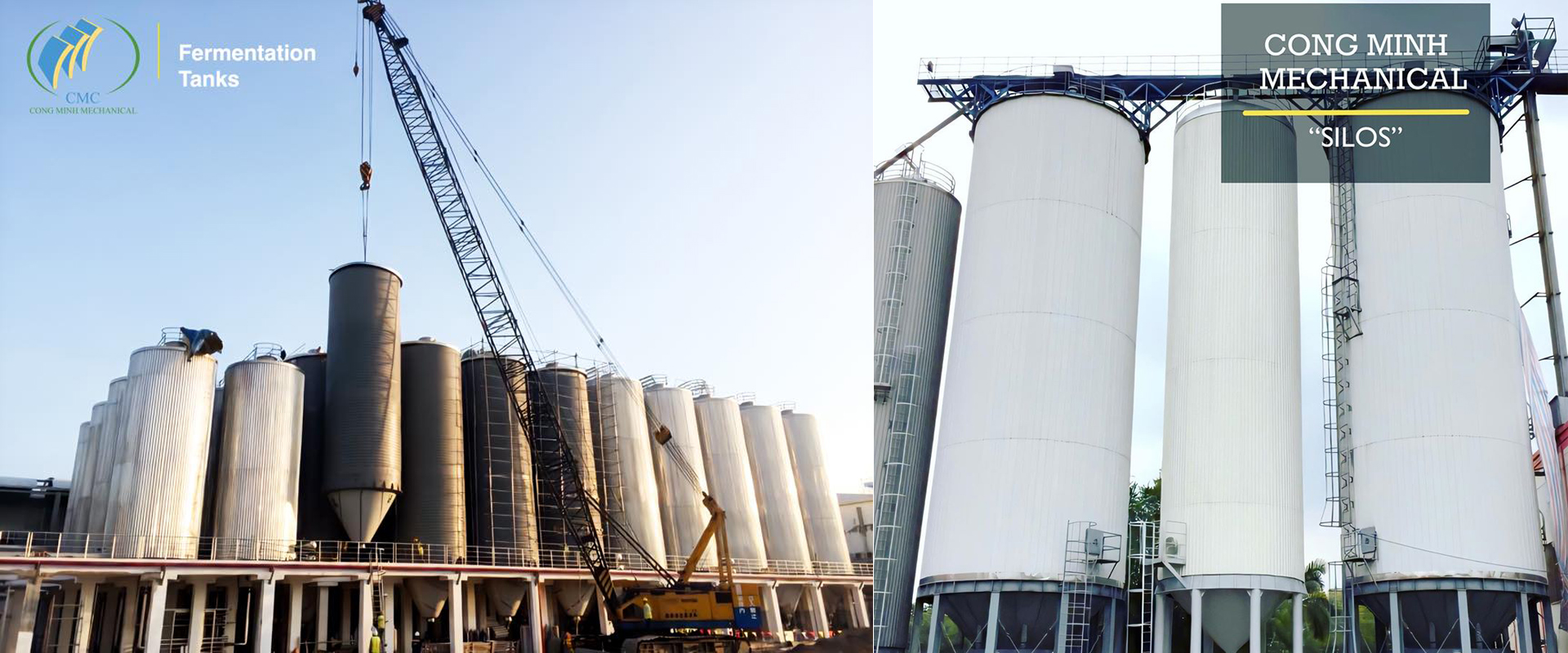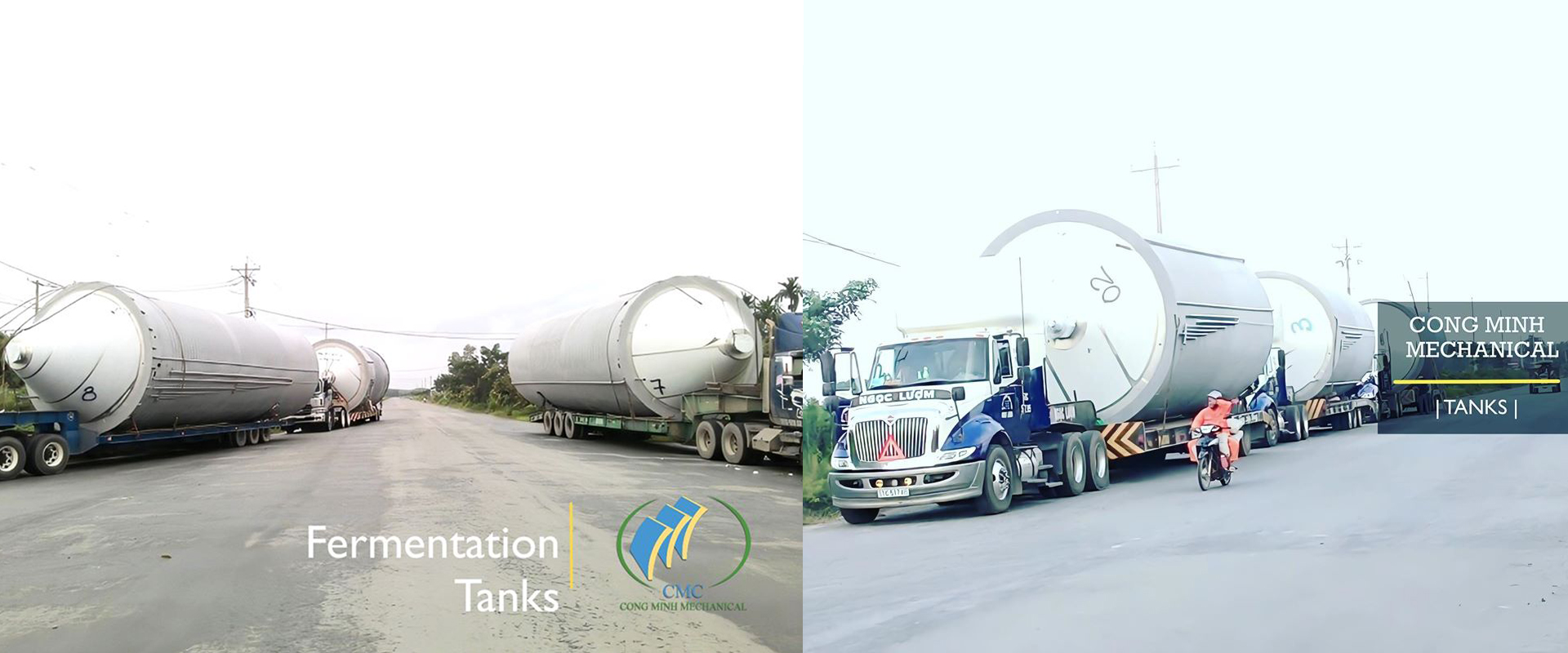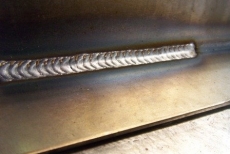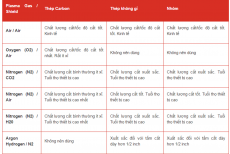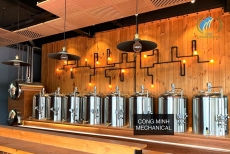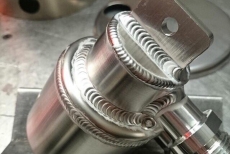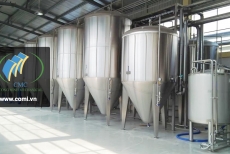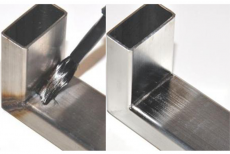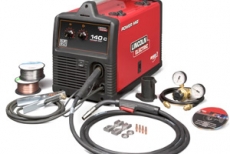10 ways to save welding costs
According to practical calculations only about 20% of welding costs related to the material. While most of the expenses (80%) are for labor and other expenses. Therefore, if a company saves 10% on welding materials, it will only save 2% on welding costs. But if possible save 10% on labor costs and other expenses. The company will save 8% of the total welding cost. These data are surveyed and calculated on the basis of manual welding and semi-automatic welding for carbon steel welding applications.
10 simple steps to reduce welding costs.
Step 1: Analyze the supply of materials for the welding machine
In many factories, workers must go to the warehouse or place of supply to get welding heads, welding coils or other accessories. This takes time away from the welding position and reduces overall productivity.
To improve performance and minimize wasted time. The company should store a minimum number of welding accessories and materials near the soldering station. Includes: protective gases, drugs and cords. Extra time can be saved by using large solder coils instead of small quick coils that need to be replaced quickly and frequently. These conversions significantly save time and are more effective when multiplying the working time by week, month and year.
Step 2: Analyze the efficiency of using production materials
Providing semi-finished components for each welding station (station) is reasonably organized and scientifically a way to reduce welding costs.
Take for example a company that produces concrete mixing tanks. During the production process, the company fabricates 10 parts for each part of the product, then fabricates another 10 parts for the other part of the mixing tank ... Since these parts are off the line, they are placed on the ground. workshop. At the welding stage, the worker must select the necessary parts to assemble. Welding experts point to the wasted time in this process. People start sorting details in groups. This way the parts needed to weld a tank product are stored in groups and can easily be moved to the welding area.
Step 3: Fix overwelding phenomenon
When welding, very often the phenomenon of "over welding". That is, according to the requirements shown on the drawing. It is only necessary to perform a fillet ¼ inch. But in fact, the worker welded the 5/16 inch weld. Why?
One is that they do not perform maintenance weld inspection and are not exactly sure about the size of the weld being performed.
The second is that they weld according to the subjective perception to make sure there is enough metal to fill the weld.
But "over welding" leads to huge waste. Please review the above example. For a hàn inch fillet weld, 0.129 lbs / foot of weld metal is required (6.4 mm fillet weld, requiring 0.058 kg / 0.3 mm weld metal). A 5/16 inch weld requires 0.201 lbs / foot of weld metal - ie a 56% increase in the amount of weld metal required. Not only wasting welding materials, people also have to pay additional cost for dealing with thermal deformation due to increase in welding temperature when "overcurrent".
To overcome this phenomenon, it is necessary to equip the welding worker with a weld gauge to ensure that the weld done is as sized as the drawing. Another way is to change the diameter of the welding wire to limit the phenomenon of "over welding".
Step 4: Optimize current welding processes and parameters
Find ways to create efficiency during the welding process. These measures include checking of welding wire diameter, wire feeding speed, welding voltage, welding speed, protective gas, welding transformer type, etc.
For example: If you are welding with a short arc welding process and the protective gas is a 75/25 mixed gas. It may be more effective to switch to other protective gases and spray displacement arc. Alternatively, a process change can be guaranteed based on the condition of the welding part.
If the part surface is oxidized. It may be easier to change to a process to fix weld contamination problems than to try to clean a part of the part before welding. Suppliers should update the latest technologies and advise customers on welding processes, materials and equipment to optimize welding solutions at the workshop.
Step 5: Optimize the preparation before welding
In some cases, it may be better to chamfer the double seam before welding instead of the single seam. Should be chamfered with welds with a thickness greater than 8mm. With just this simple change, we can save significant welding metal, ie welding materials.
In the 8mm thickness part, the double chamfer consumes about 0.66 kg of welded metal over a length of 0.35 meters. While the single chamfer consumes 0.88 kg.
Step 6: Limiting the increase of welding lines from the design stage
Limit unnecessary welding joints.
Step 7: Judging from the design of welding products may be more effective than casting products
The above mentioned measures to limit welds to increase productivity. But in many other cases, increasing the weld can increase efficiency. In some cases, it is possible to weld metal parts with another part more efficiently than cast into a single piece. Especially when component parts are expensive alloys.
For example, the grave



